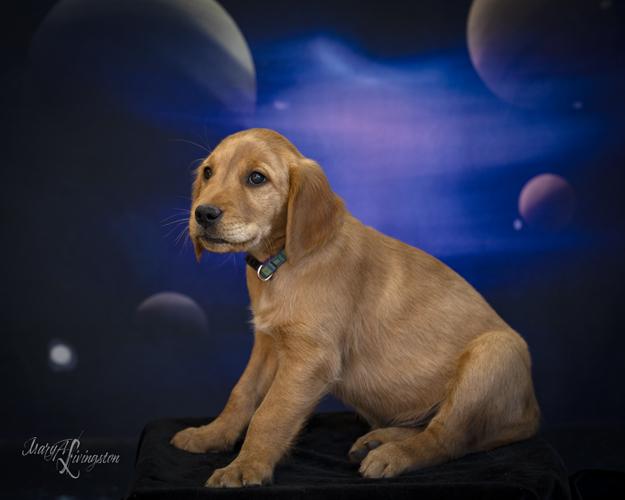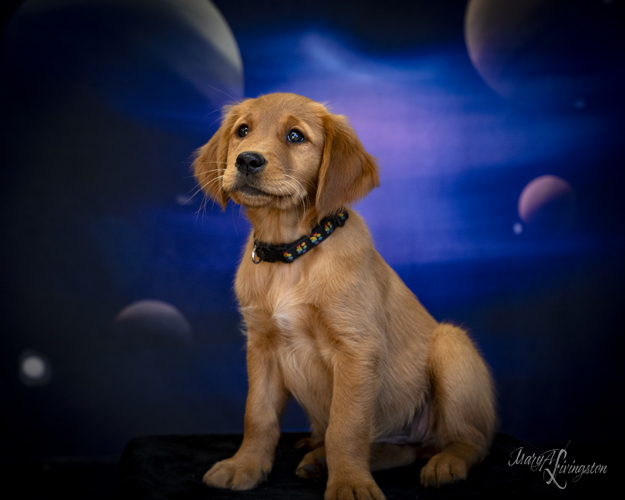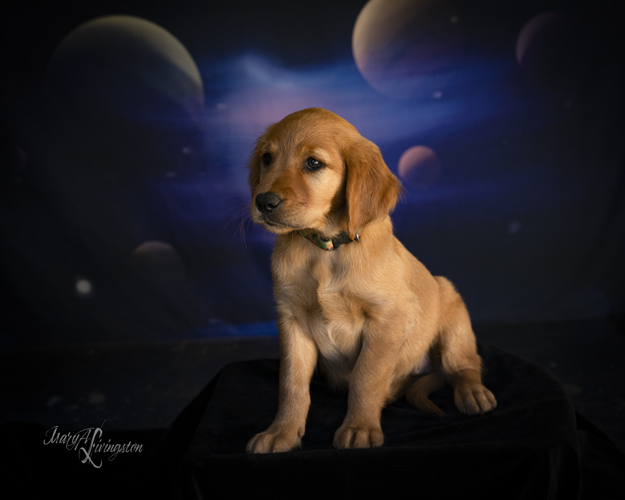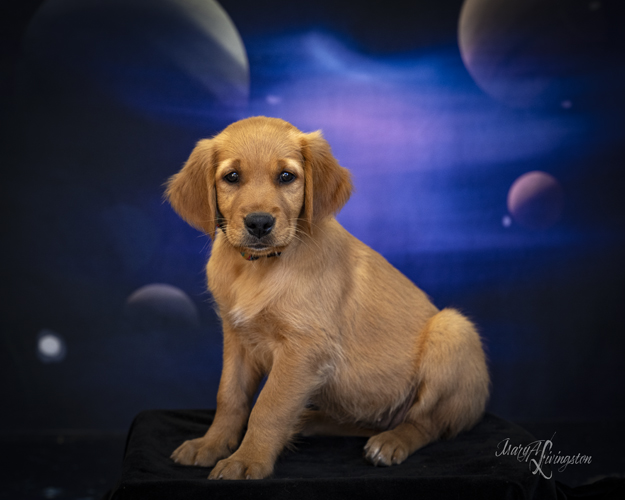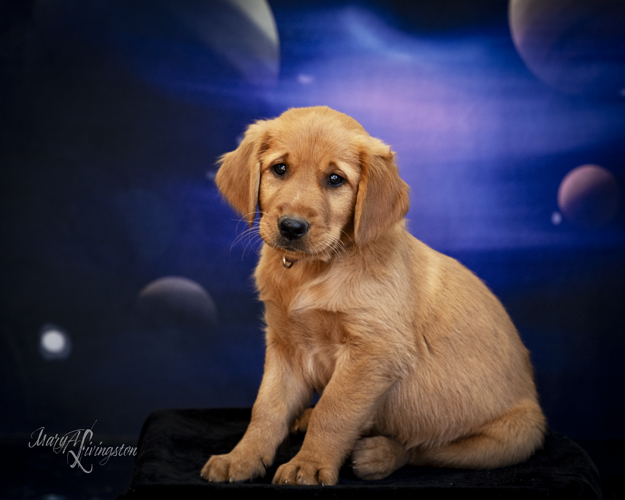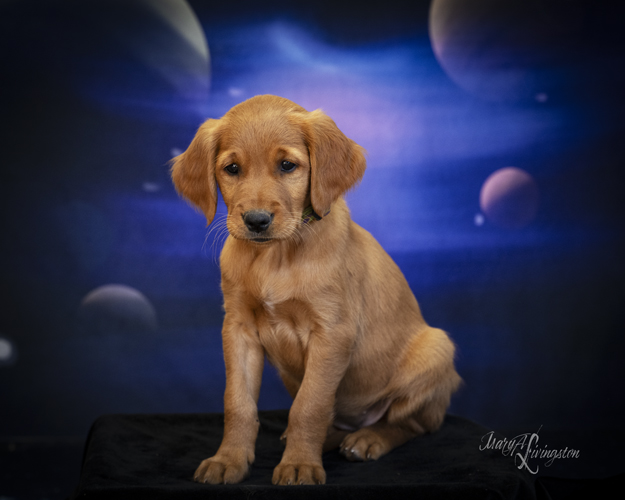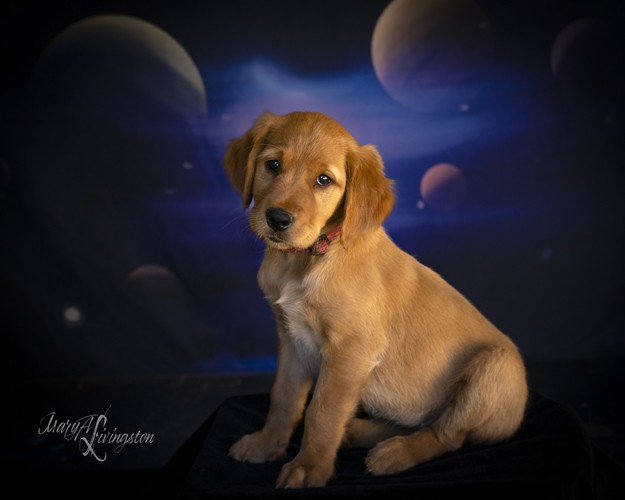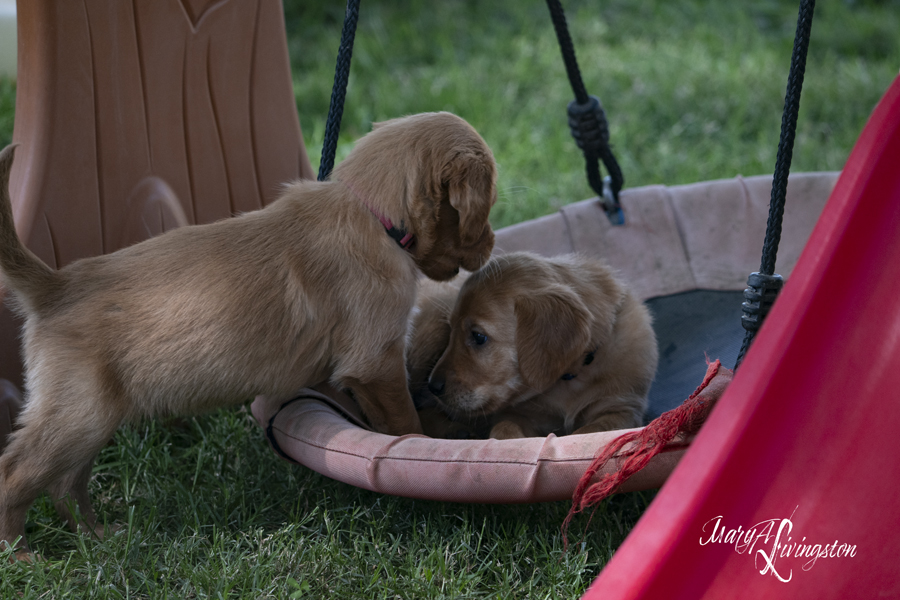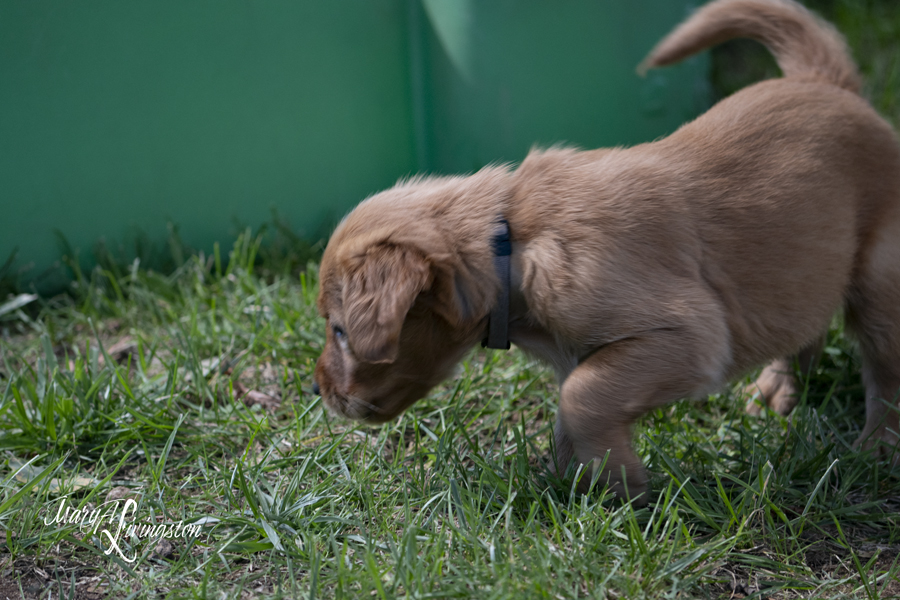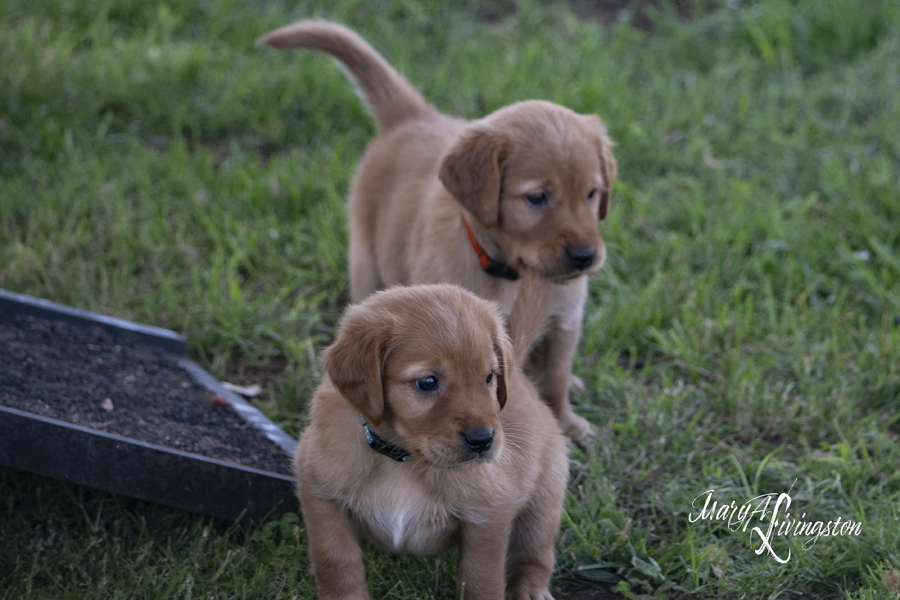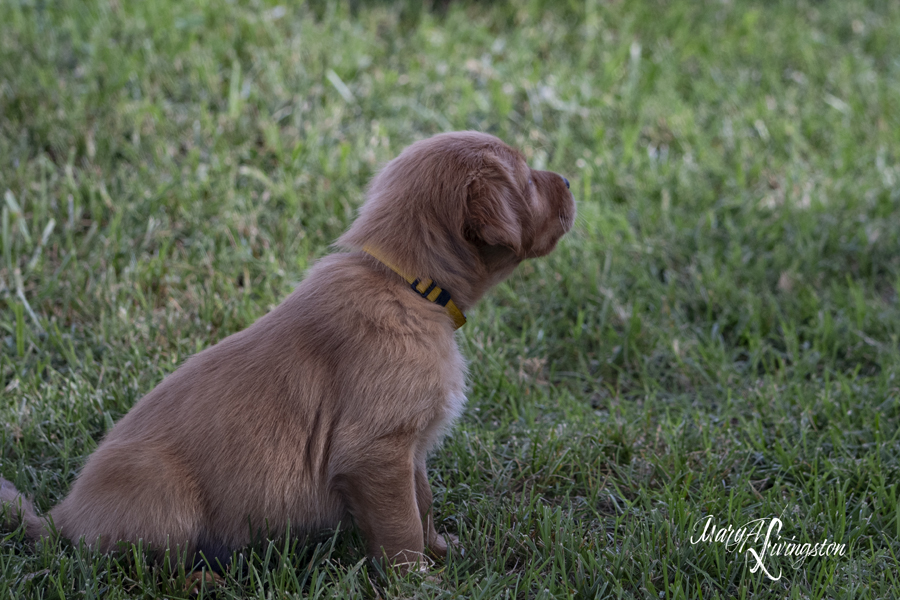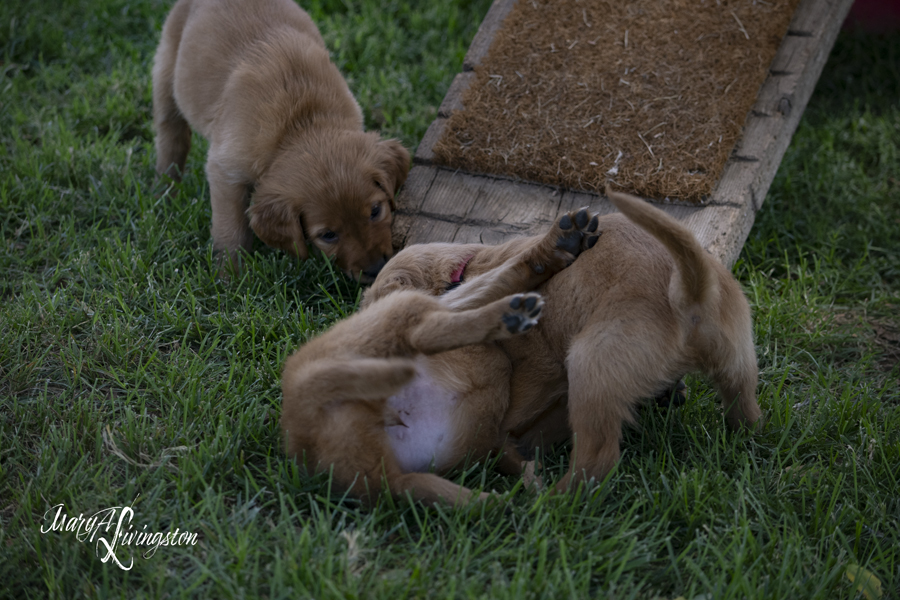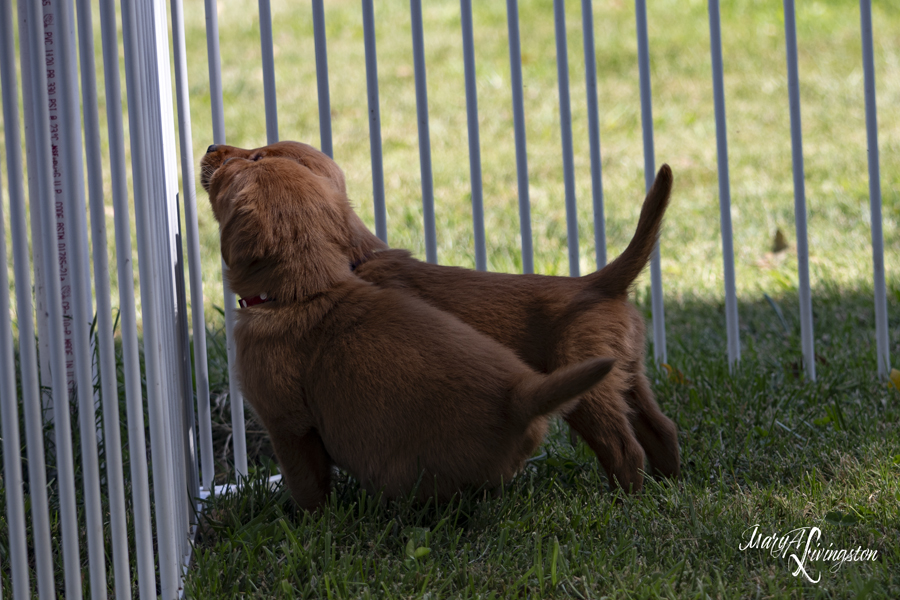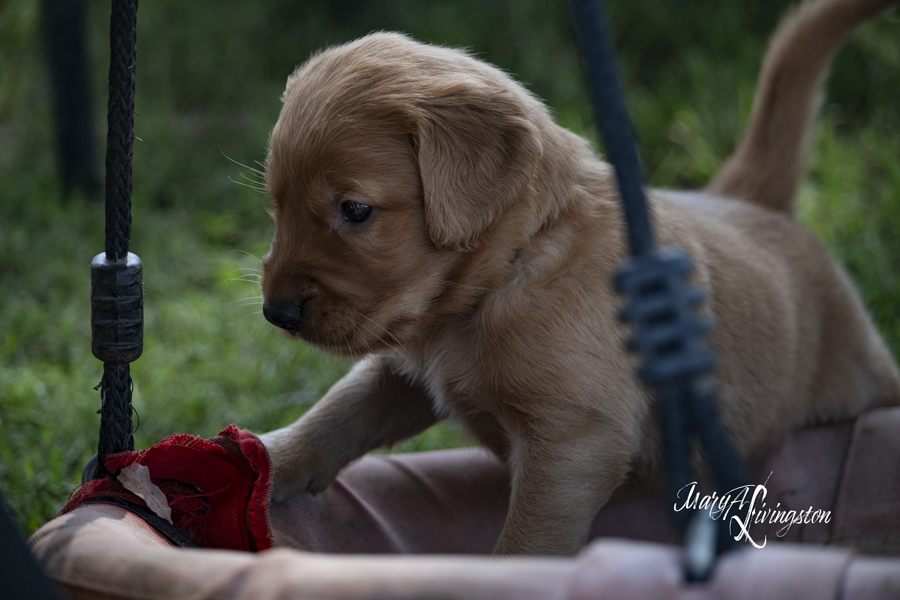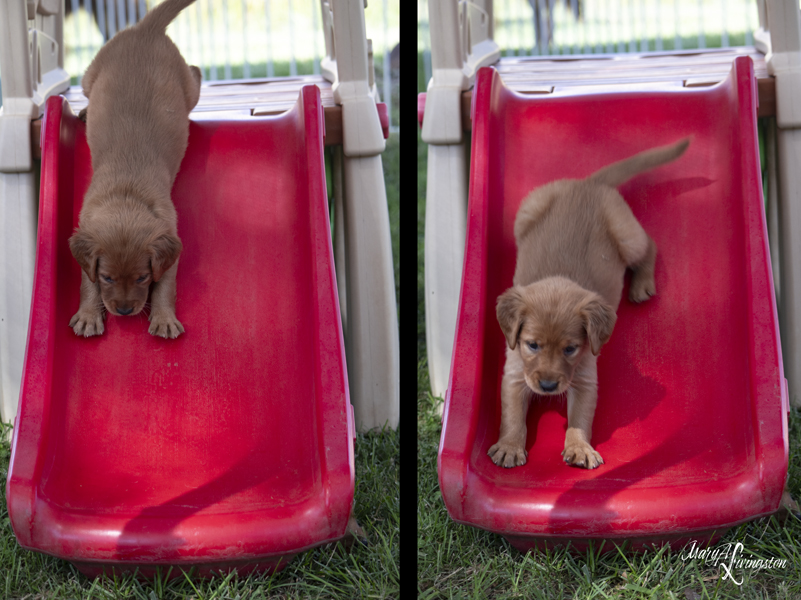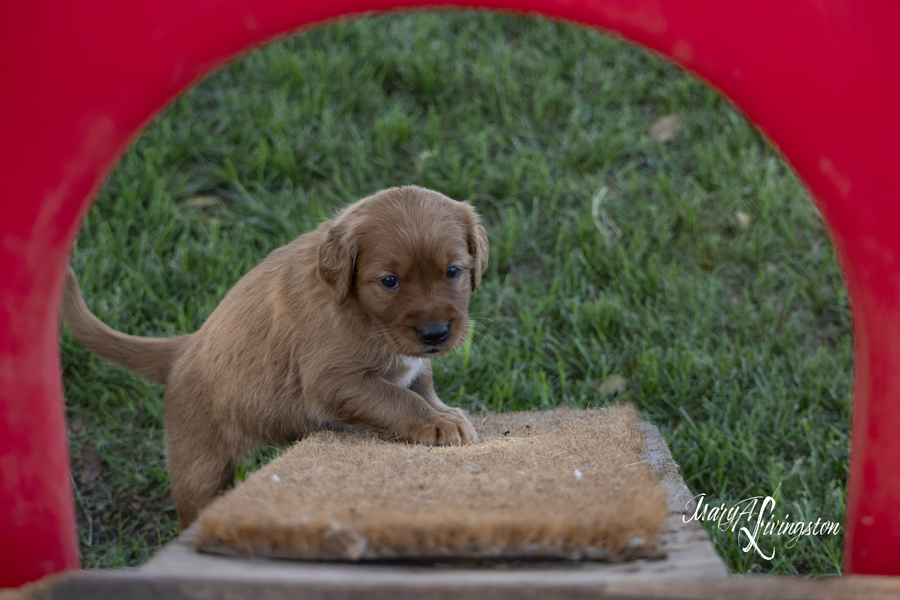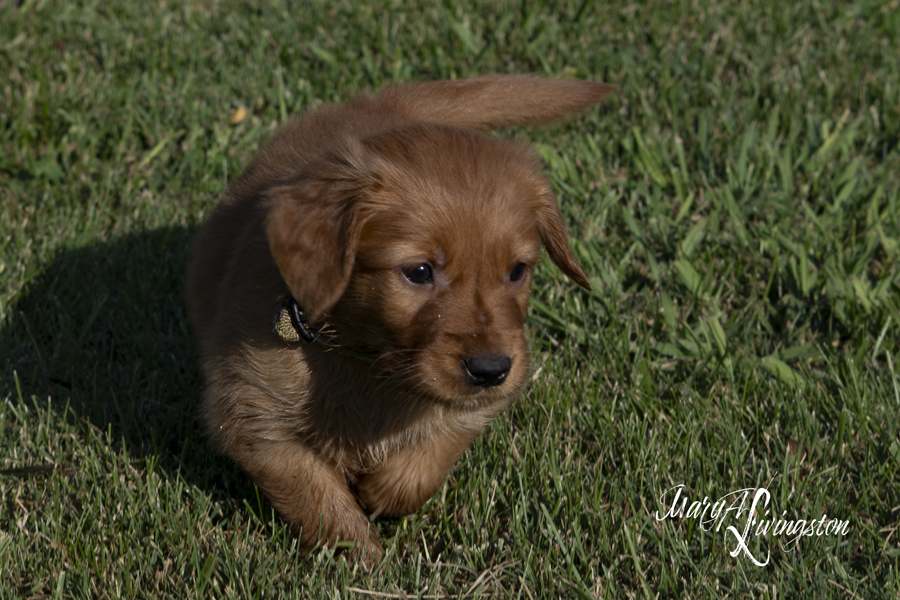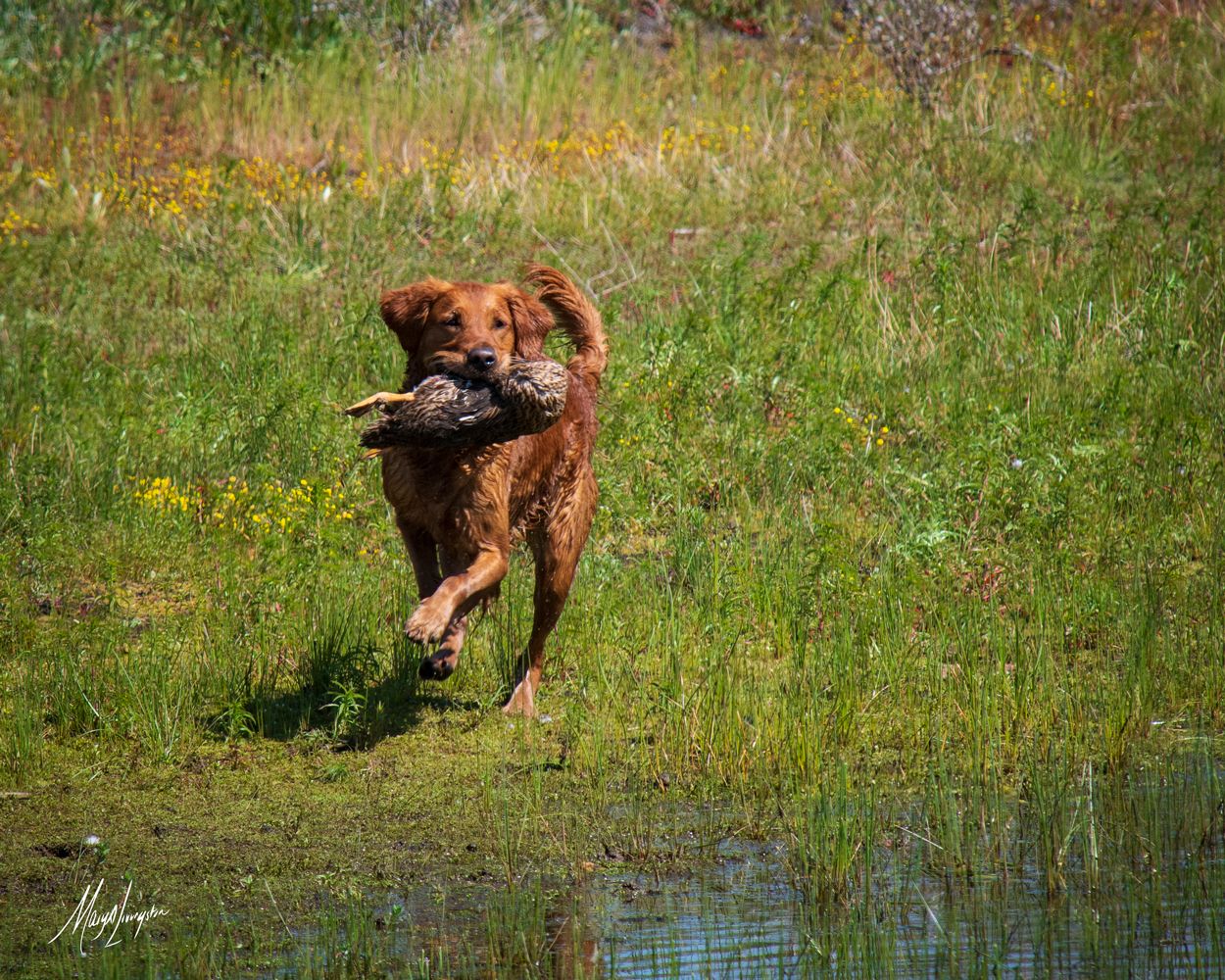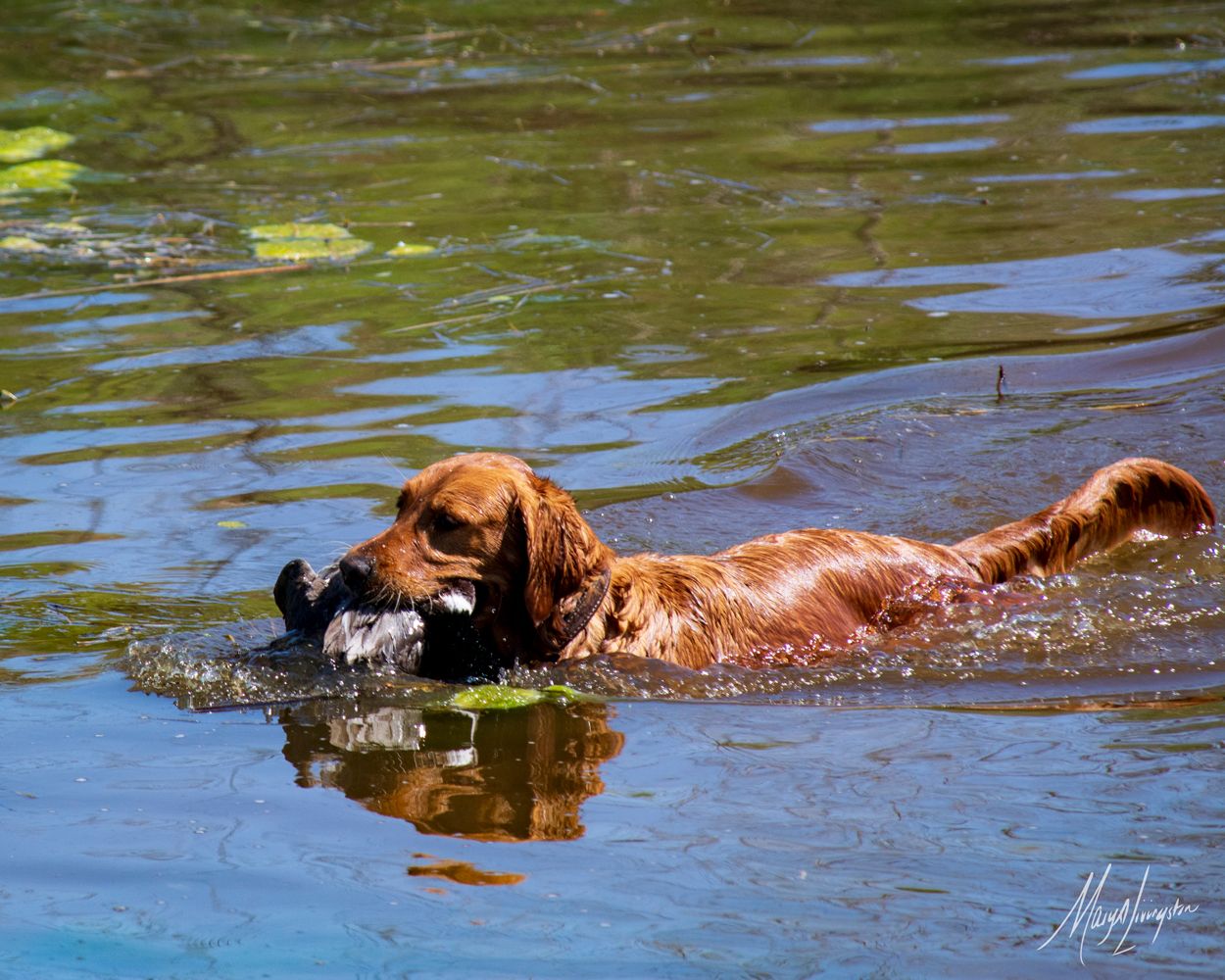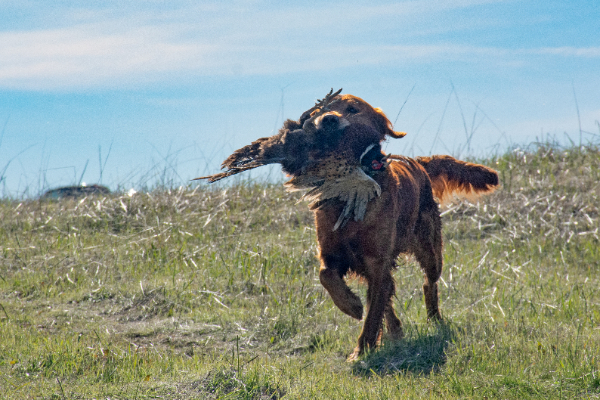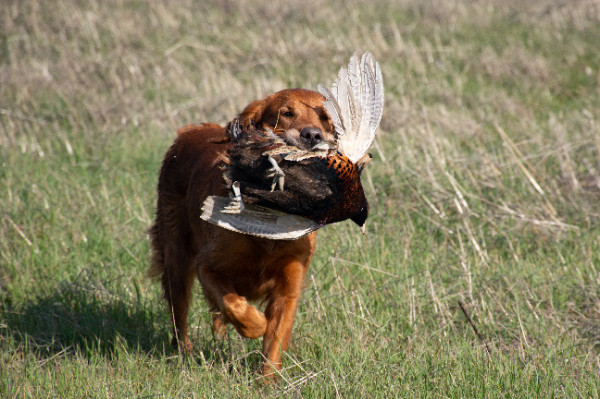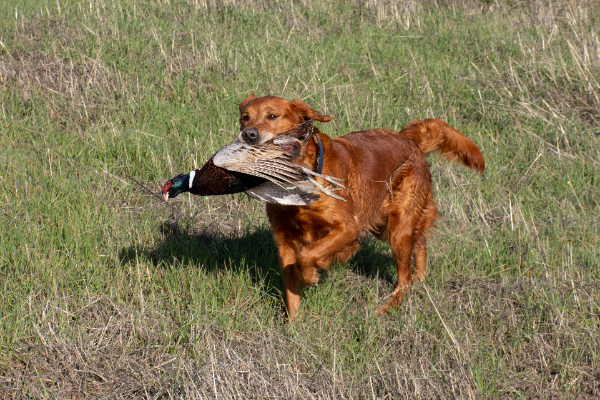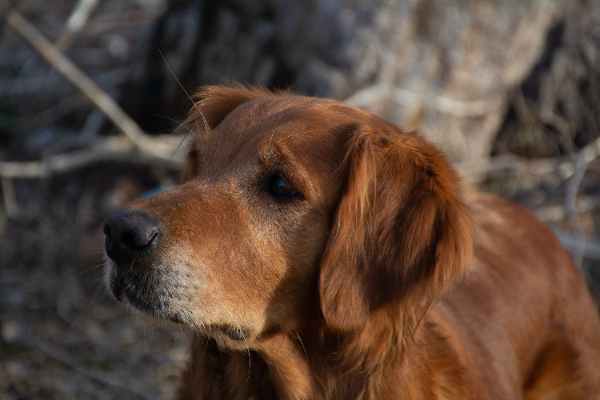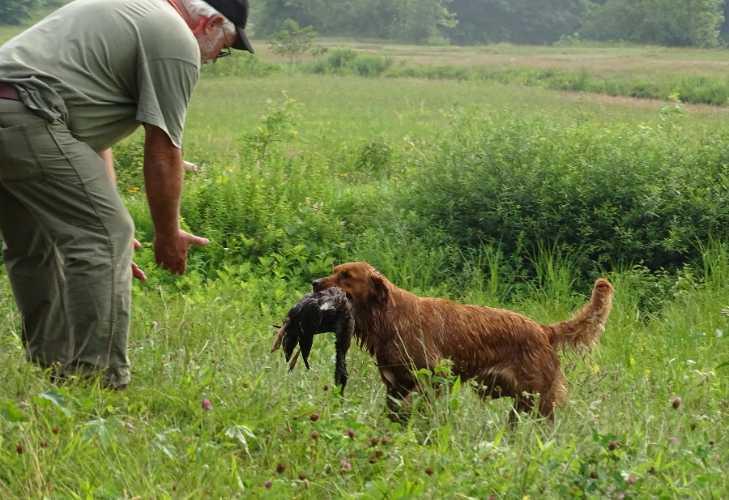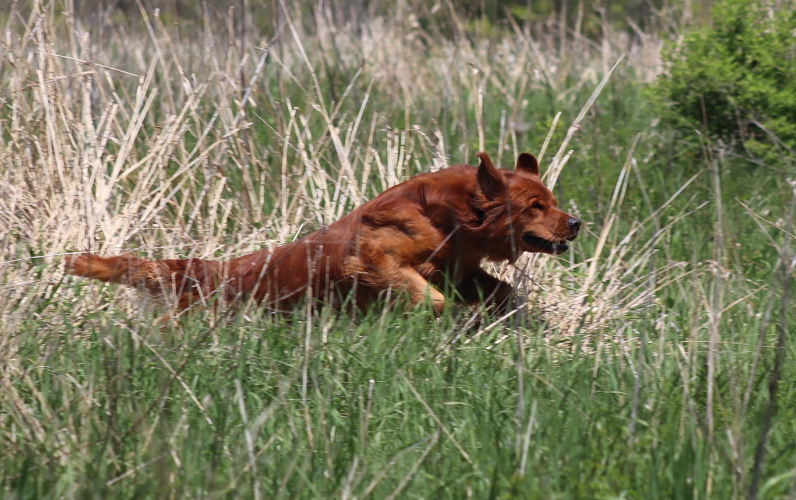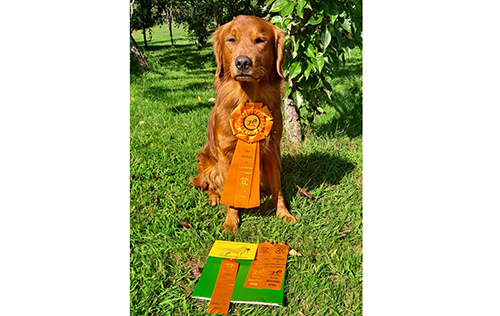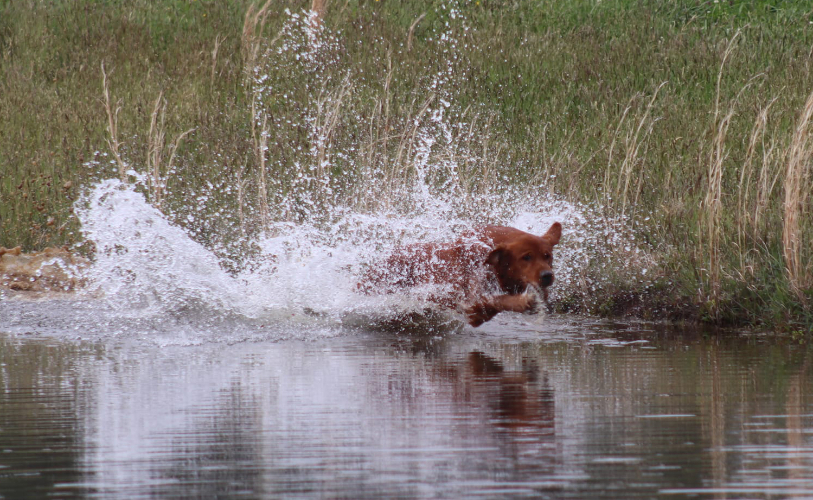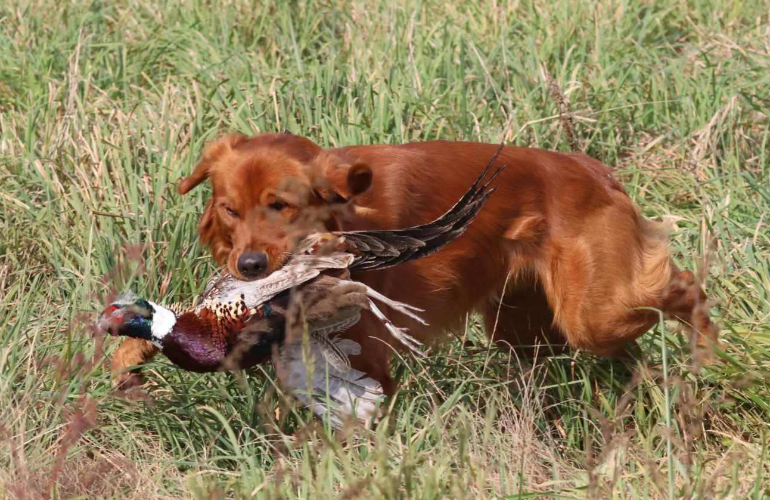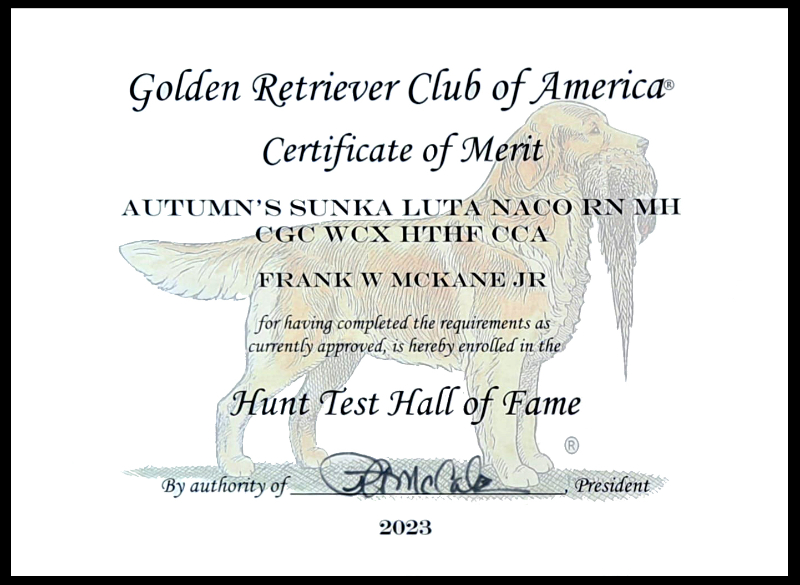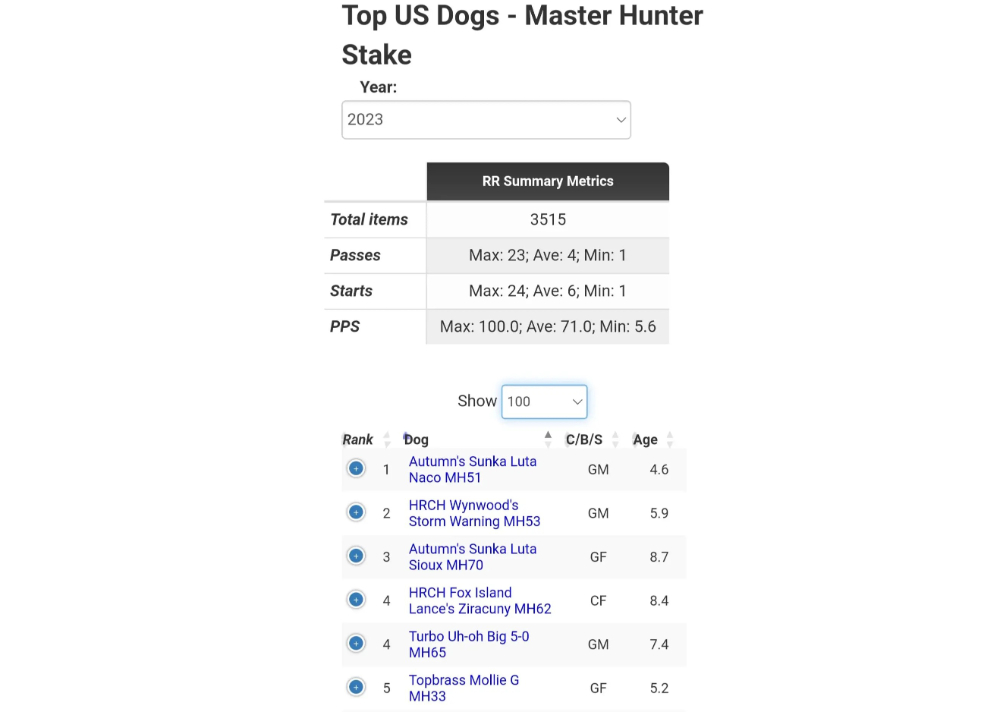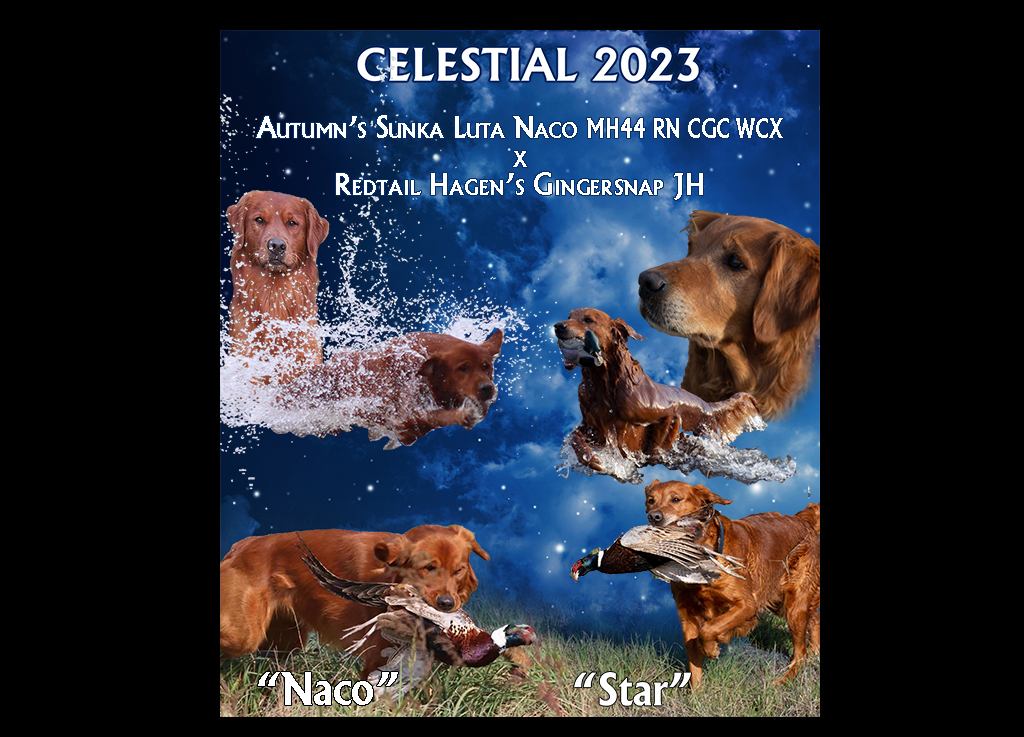Celestial
Sire: Autumn's Sunka Luta Naco MH46 RN CGC WCX CCA
Dam: Redtail Hagen's Gingersnap JH
"Naco x Star"
Litter photo collection. Use carousel controls to click through images.
Celestial Litter Three Week Portraits - Venus
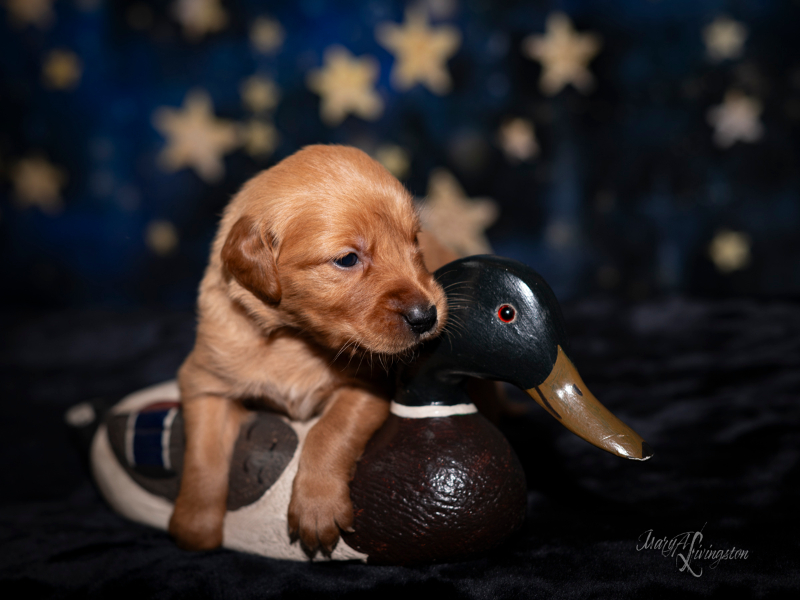
Celestial Litter Three Week Portraits - Perseus

Celestial Litter Three Week Portraits - Kuiper
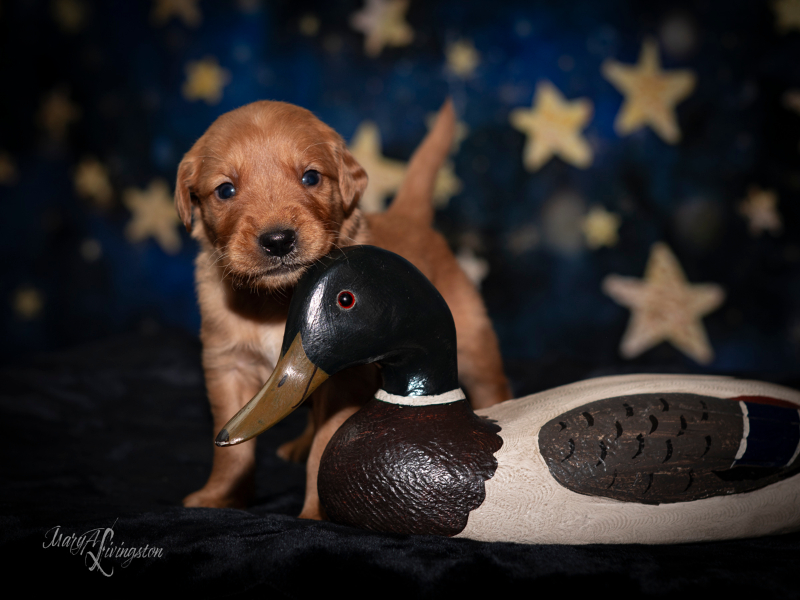
Celestial Litter Three Week Portraits - Nebula
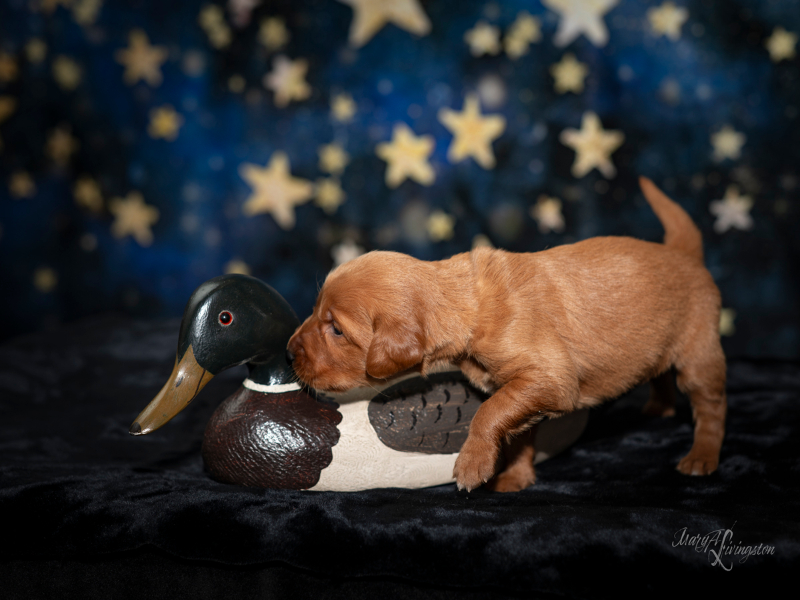
Celestial Litter Three Week Portraits - Pleiades
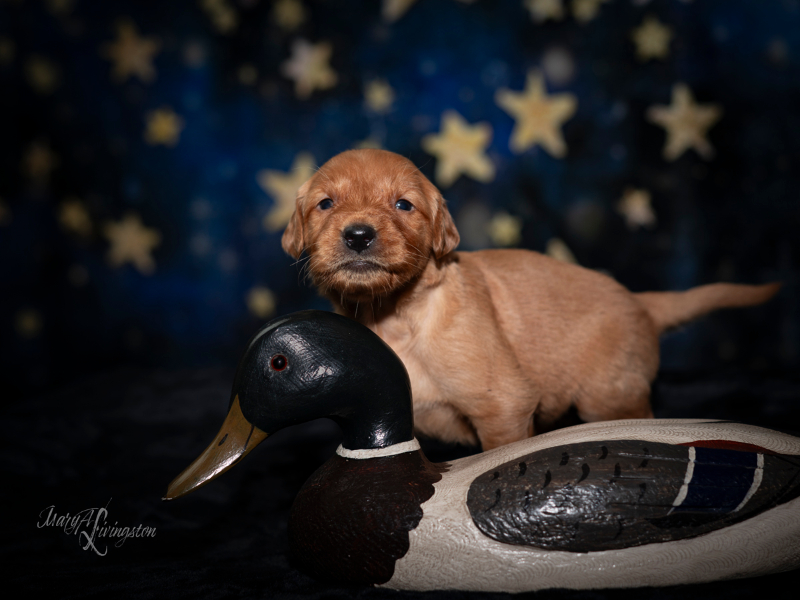
Celestial Litter Three Week Portraits - Vela
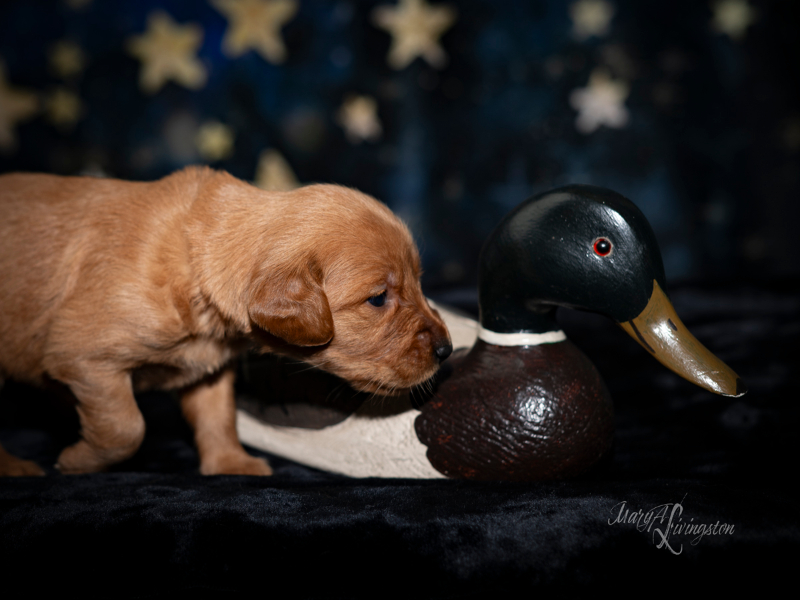
Celestial Litter Three Week Portraits - Halley
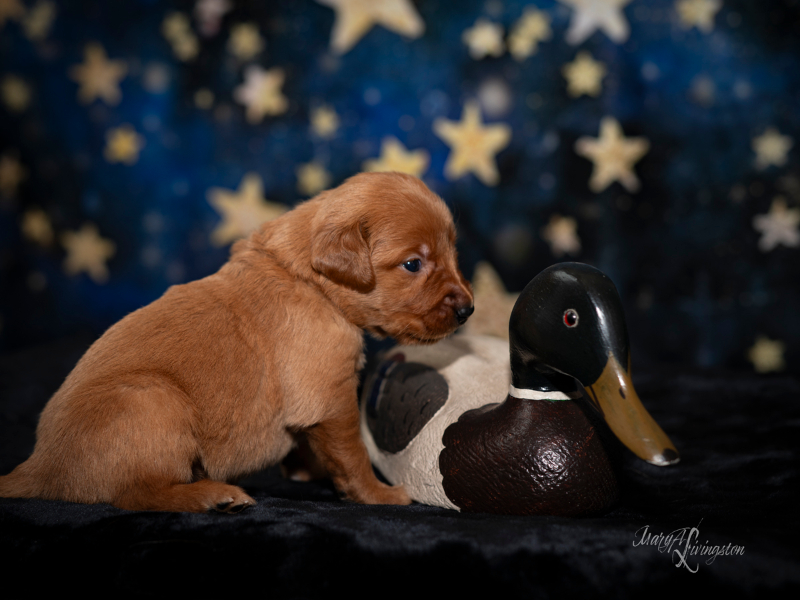
Celestial Litter Three Week Portraits - Polaris
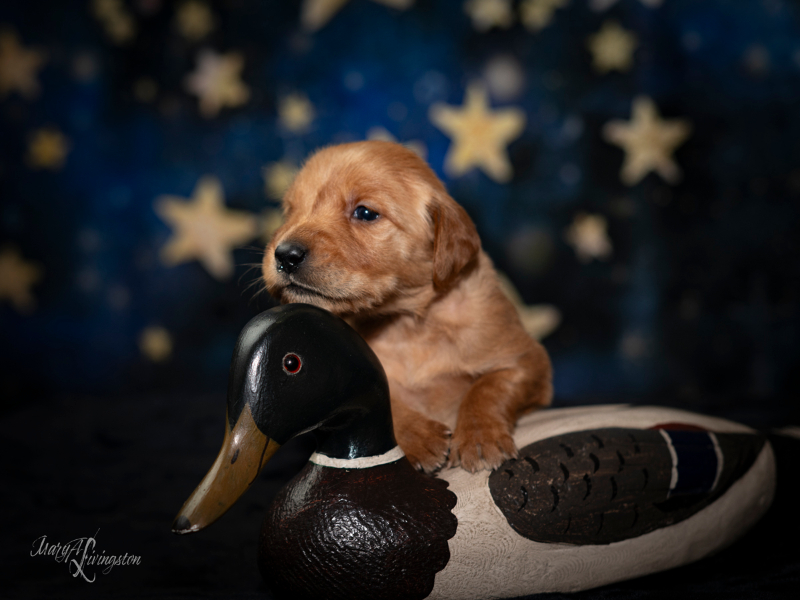
Celestial Litter Three Week Portraits - Quasar
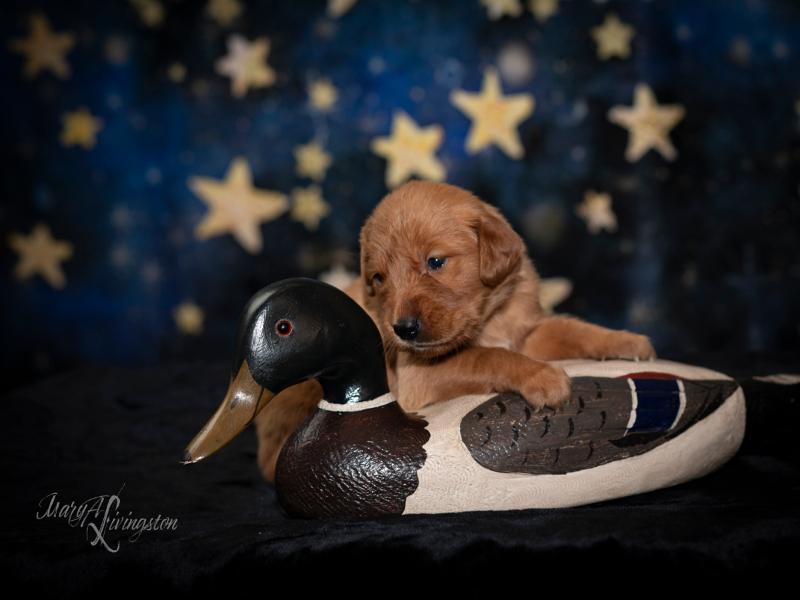
Celestial Litter Three Week Portraits - Mars

Celestial Litter Three Week Portraits - Nebula
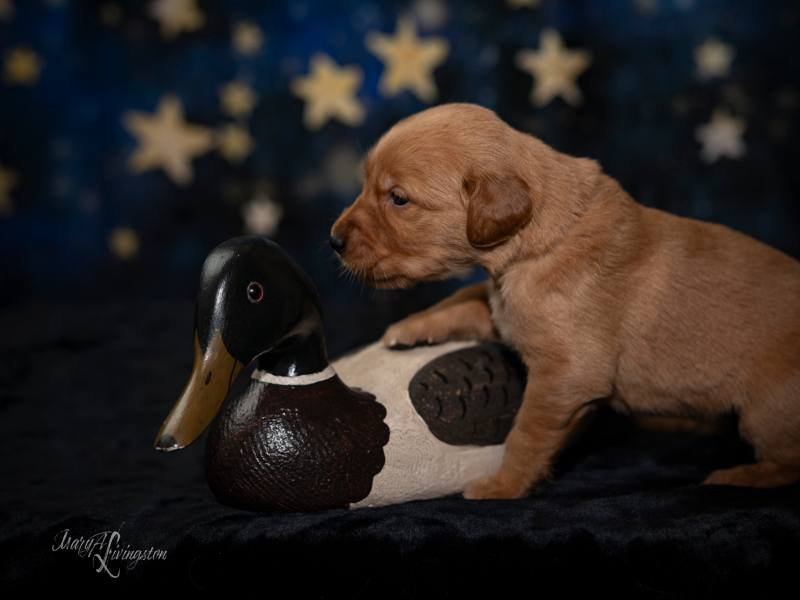
Celestial Litter in the whelping box.

Celestial Litter in the whelping box.
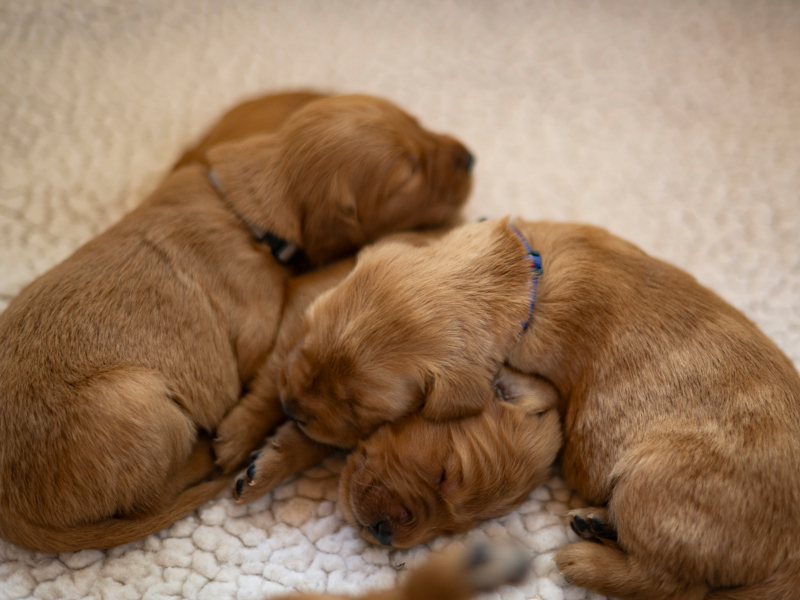
Celestial Litter in the whelping box.

Celestial Litter in the whelping box.

Celestial Litter in the whelping box.

Celestial Litter in the whelping box.

Celestial Litter in the whelping box with the Volcano Litter.
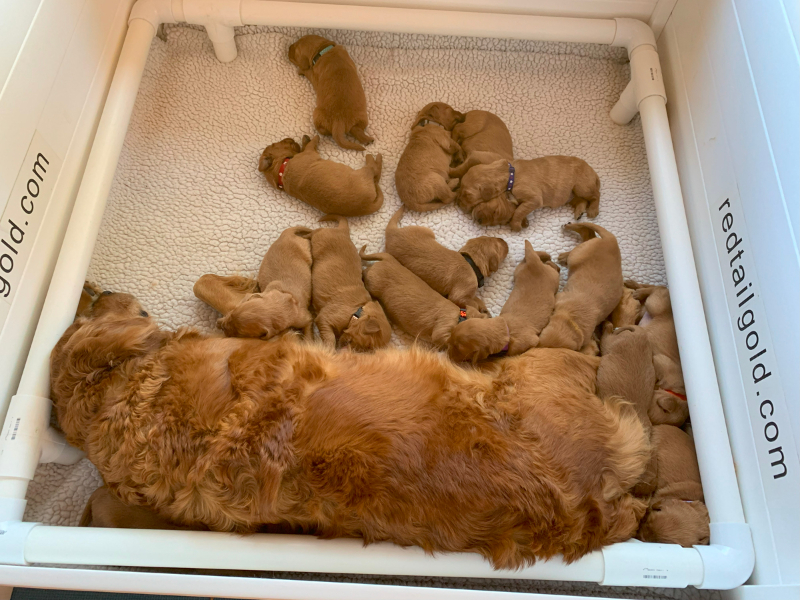
Puppy sliding down the slide.

Celestial Litter Newborn Portraits
Halley – male
English astronomer Edmond Halley discovered in 1705 a comet that appeared every 75-79 years was the same. Halley’s Comet is named after Edmond Halley.

Celestial Litter Newborn Portraits
Kuiper – male
The Kuiper Belt is a donut-shaped region of icy bodies beyond the orbit of Neptune. Similar to the asteroid belt, the Kuiper Belt is a region of leftovers from the solar system's early history.
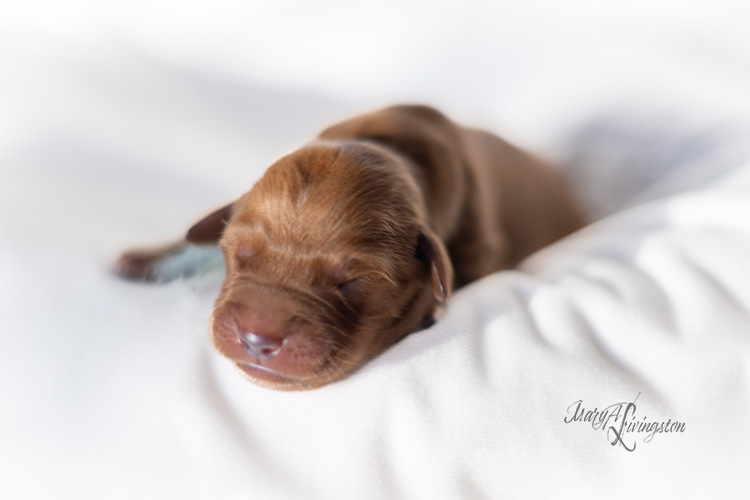
Celestial Litter Newborn Portraits
Mars – male
Mars is the fourth planet from the Sun.
The reddish color of its surface is due to finely-grained iron oxide
dust in the soil, giving it the nickname "the Red Planet."
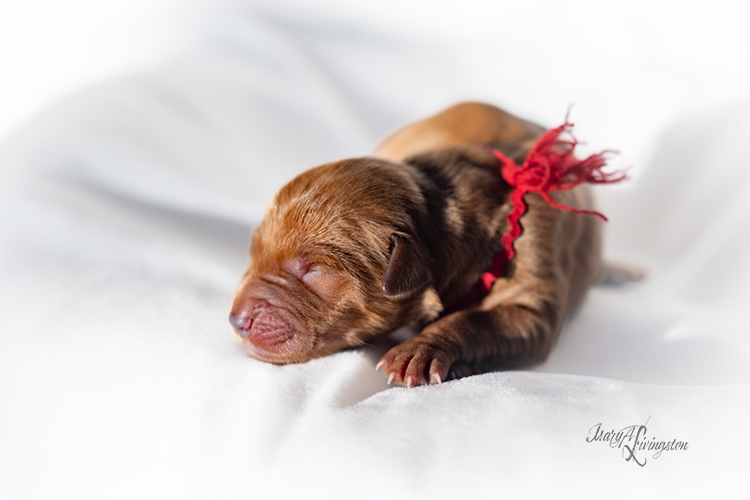
Celestial Litter Newborn Portraits
Nebula – female
A nebula is a distinct luminescent part of the interstellar medium, which can consist of ionized, neutral, or molecular hydrogen and cosmic dust. Nebulae are often star-forming regions, such as in the "Pillars of Creation" in the Eagle Nebula.

Celestial Litter Newborn Portraits
Nova – female
A nova occurs when the white dwarf star in a binary system “steals” gas from its nearby companion star. When enough gas builds up on the surface of the white dwarf, it triggers an explosion.
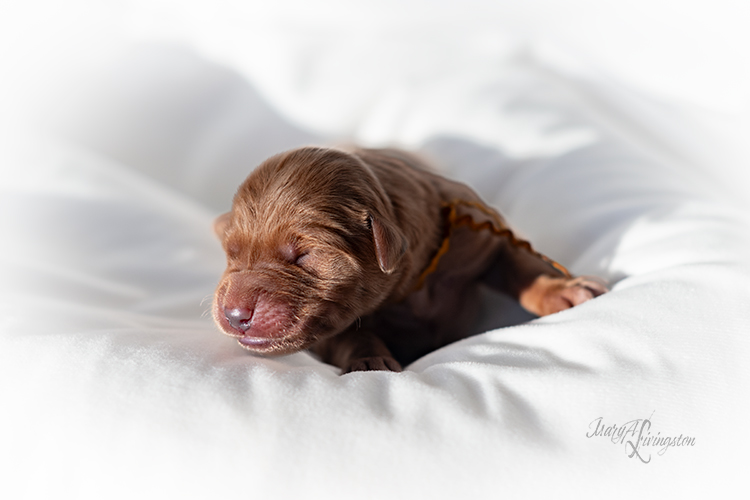
Celestial Litter Newborn Portraits
Perseus – male
Perseus is a constellation named after the mythological hero Perseus in the northern sky. It is one of the 48 ancient constellations and among the 88
modern constellations.

Celestial Litter Newborn Portraits
Pleiades – female
The Pleiades is an open star cluster in the constellation Taurus. Known as an asterism or pattern of stars, the Pleiades is made up of more than 1,000 stars.

Celestial Litter Newborn Portraits
Polaris – male
Also known as the North Star, Polaris sits more or less directly above Earth's north pole along our planet's rotational axis. Polaris always stays in roughly the same place in the sky and is a reliable way to find the direction north.

Celestial Litter Newborn Portraits
Quasar – female
Quasars are a subclass of active galactic nuclei (AGNs), extremely luminous galactic cores where gas and dust falling into a supermassive black hole emit
electromagnetic radiation across the entire electromagnetic spectrum.

Celestial Litter Newborn Portraits
Vela – female
Vela is a constellation in the southern sky, which contains the Vela Supercluster, a major concentration of galaxies.

Celestial Litter Newborn Portraits
Venus – female
Venus is the second planet from the Sun and is Earth’s closest planetary neighbor. Ninsianna, the "Red Queen of Heaven," was a divine representation of the planet Venus.






